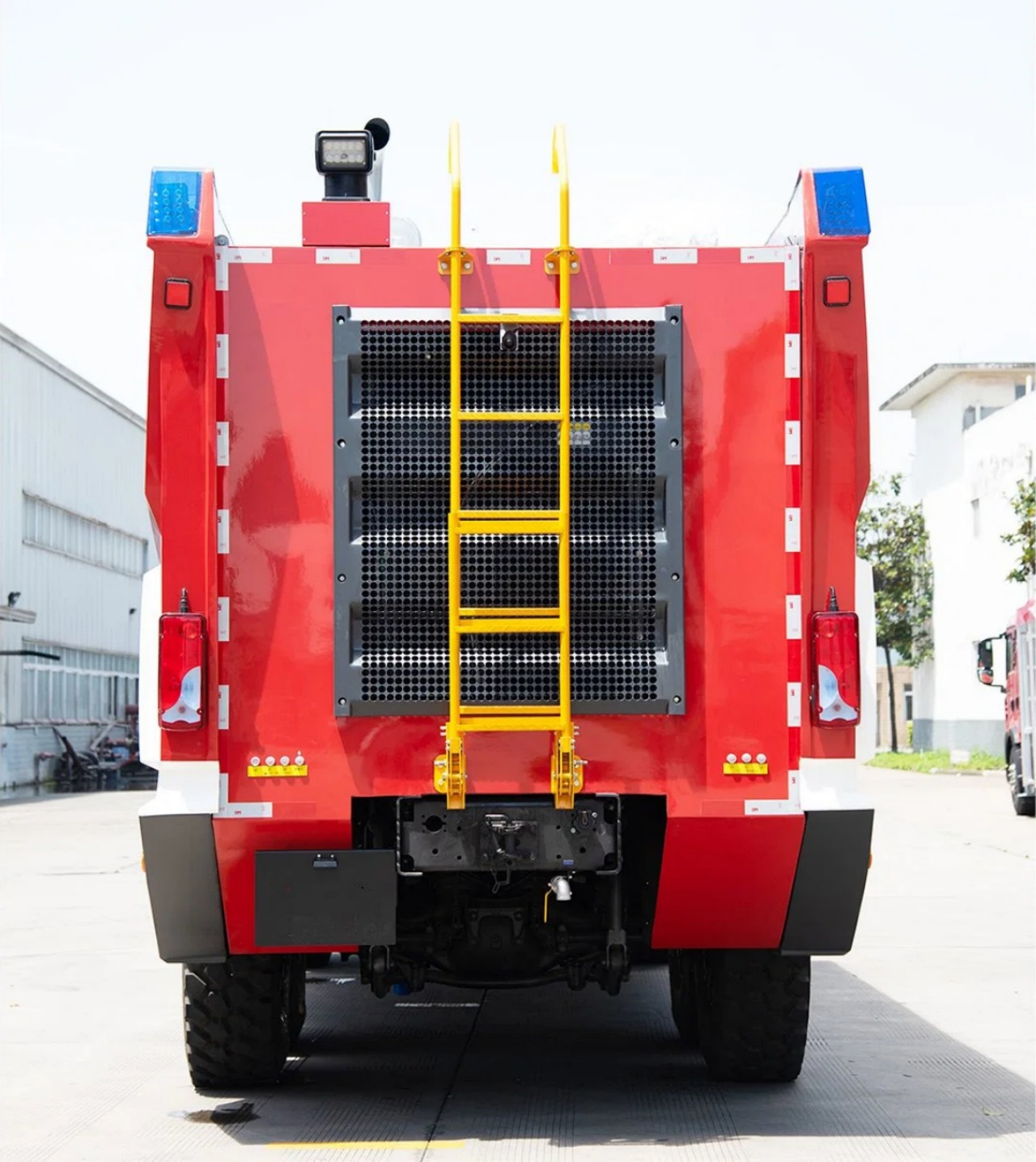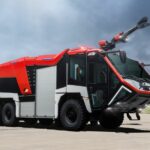Air travel has revolutionized global transportation, providing fast and reliable means of connecting people and cargo across continents. However, the complexity of aviation operations also brings significant safety challenges. Among the unsung heroes of airport safety are airport crash tenders — specialized firefighting vehicles designed to respond quickly and effectively in the event of aircraft emergencies. These powerful machines are critical in minimizing the consequences of accidents and saving lives. In this article, we’ll explore what an airport crash tender is, how it works, its features, and its importance in aviation safety.
Definition and Purpose
An airport crash tender, also known as an airport fire truck, aircraft rescue and firefighting vehicle (ARFF), or airport rescue tender, is a high-performance firefighting vehicle specifically designed for use at airports in response to aircraft incidents. These vehicles are engineered to deal with aviation emergencies involving aircraft fires, fuel spills, and passenger rescues.
The primary goal of a crash tender is to respond rapidly to incidents and extinguish fires quickly, often within the golden minutes following an accident. Every second counts in an aircraft emergency, especially considering the potential for fuel fires and the need for immediate passenger evacuation.

Unique Features of Airport Crash Tenders
Unlike conventional fire trucks used in urban settings, airport crash tenders are equipped with advanced features tailored for aviation scenarios. Below are some of the key characteristics that distinguish them:
1. High-Speed Capability
Speed is of the essence in airport emergencies. Crash tenders are equipped with powerful engines, often producing 500 to over 1000 horsepower, allowing them to reach speeds of up to 70–85 mph (110–135 km/h). Their acceleration enables them to respond to incidents on long runways or remote apron areas in under 3 minutes — a standard requirement by international aviation authorities like the ICAO (International Civil Aviation Organization).
2. All-Terrain Mobility
Airports have diverse terrains, including paved runways, grassy fields, and service roads. Crash tenders typically use all-wheel-drive (AWD) or 6×6 / 8×8 drivetrains and large off-road tires for maximum mobility across various surfaces. Their suspensions are designed to handle uneven terrain, enabling access to crash sites beyond runways.
3. Large Water and Foam Capacity
One of the most essential roles of a crash tender is fire suppression. These vehicles carry thousands of liters of water, typically ranging from 6,000 to 12,000 liters (about 1,600 to 3,200 gallons). In addition to water, they also carry firefighting foam, such as Aqueous Film Forming Foam (AFFF), which is effective against jet fuel fires.
Some tenders also carry dry chemical agents (like Purple-K) and halotron gases to combat electrical or flammable liquid fires. These agents can be deployed through roof-mounted turrets, bumper nozzles, or handheld hoses.
4. Rapid Intervention Tools
Airport crash tenders are equipped with various tools for quick response and passenger rescue. These may include:
- Hydraulic cutters and spreaders for cutting aircraft fuselages
- Fire-resistant suits and breathing apparatuses for personnel
- Thermal imaging cameras for locating victims in low visibility
- Piercing nozzles that penetrate fuselages to spray foam inside aircraft
5. Cab Design and Crew Capacity
Most airport crash tenders feature elevated cabs with wide visibility for drivers and operators. They typically have space for two to four crew members, including the driver, operator, and rescue personnel. The cab often includes navigation and communication equipment, allowing coordination with control towers and emergency services.
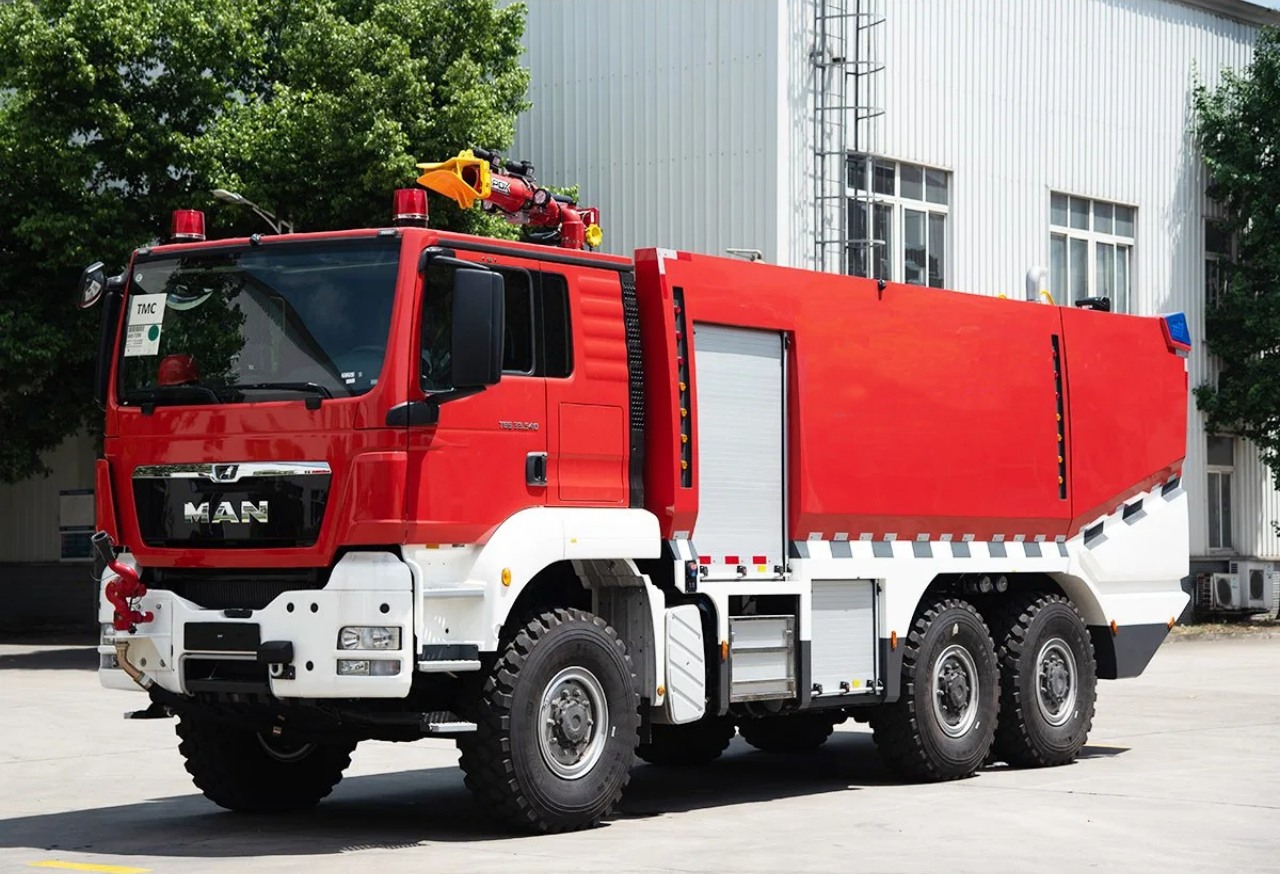
Types of Airport Crash Tenders
Crash tenders vary in size and capability depending on the airport’s needs. Here are the most common types:
1. Rapid Intervention Vehicles (RIVs)
These are lightweight, fast-response vehicles used to reach incidents quickly while larger units are en route. RIVs carry smaller amounts of extinguishing agents but are essential for quick initial action.
2. Major Foam Vehicles (MFVs)
These are large-capacity fire trucks equipped with high-volume water and foam systems. They are the backbone of airport firefighting operations and are often seen as the iconic “airport fire truck.”
3. Combined Agent Vehicles (CAVs)
CAVs carry multiple firefighting agents, including foam, water, and dry chemicals. Their versatility allows them to handle a wide range of emergencies, especially where fires may involve complex fuel and electrical components.
Regulations and Standards
The design and operation of crash tenders are governed by international standards. The ICAO Annex 14 outlines the minimum requirements for firefighting and rescue vehicles based on airport category (from CAT 1 to CAT 10). Similarly, the NFPA 414 standard (by the National Fire Protection Association in the U.S.) provides detailed specifications for ARFF vehicles, including performance requirements, extinguishing agent capacities, and operational testing.
Airports are mandated to have a certain number and type of crash tenders available, depending on the size and type of aircraft they serve. Regular training and drills are also conducted to ensure readiness.
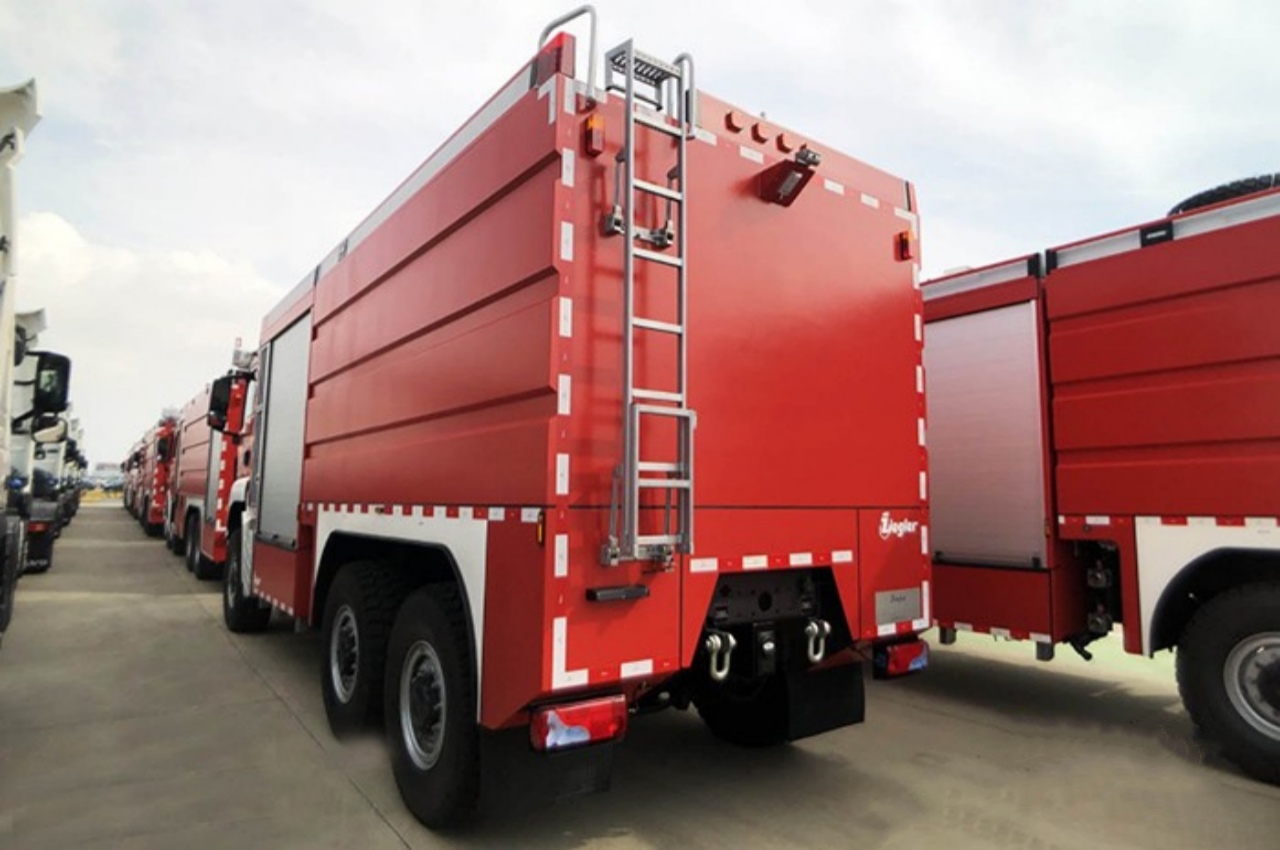
Real-World Applications and Examples
Airport crash tenders have been crucial in several real-world emergencies. For instance, during the 2005 Air France Flight 358 incident in Toronto, quick deployment of ARFF vehicles helped extinguish the fire and aided in the successful evacuation of all 309 passengers and crew.
Manufacturers like Oshkosh Airport Products, Rosenbauer, E-ONE, and Ziegler are well-known suppliers of crash tenders. Their models, like the Oshkosh Striker or Rosenbauer Panther, are deployed at major international airports around the globe.
Training and Crew Readiness
Operating a crash tender requires specialized training. ARFF personnel undergo rigorous courses covering:
- Aircraft design and construction
- Jet fuel properties and fire behavior
- Rescue operations and medical first aid
- Vehicle operations under high-stress conditions
Frequent drills simulate various crash scenarios to keep teams prepared for real emergencies.
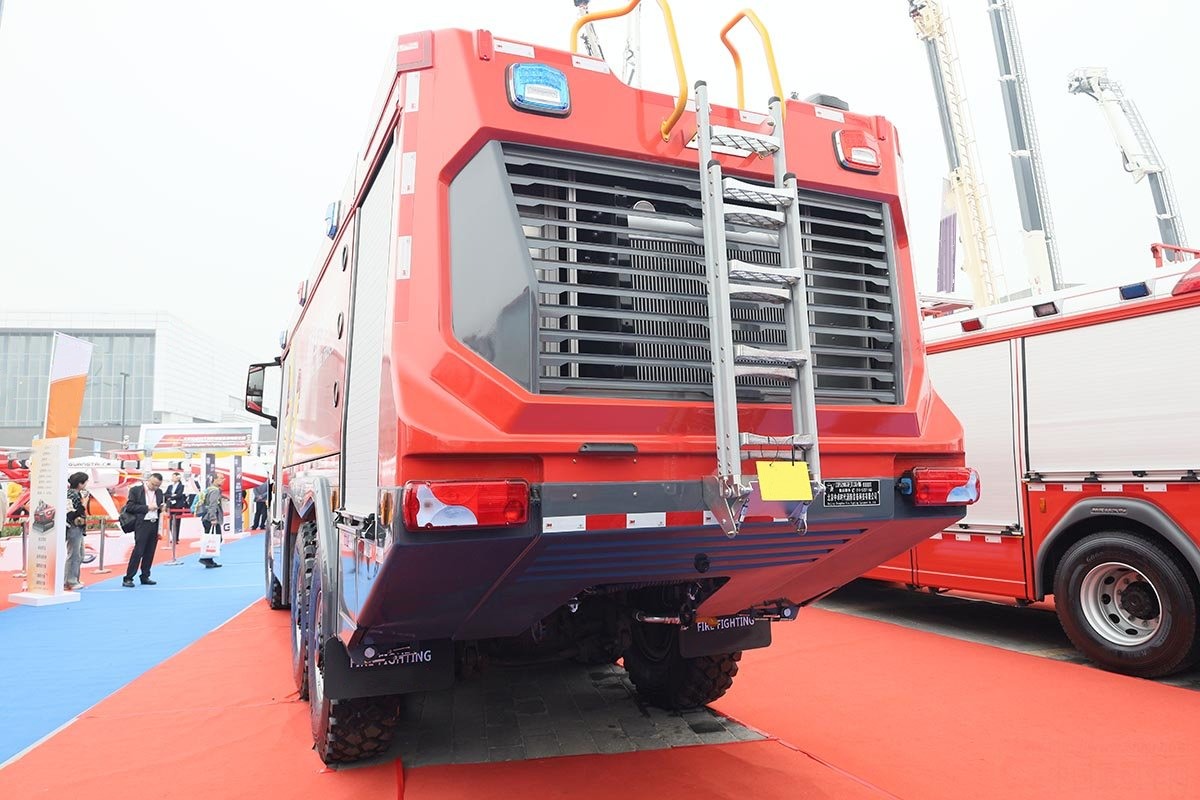
Conclusion
An airport crash tender is a vital component of any modern airport’s emergency response system. These highly specialized vehicles are engineered to act with speed, power, and precision in the most challenging conditions. From fighting intense fuel fires to extracting passengers from damaged aircraft, crash tenders and their crews play a pivotal role in ensuring aviation safety.
As air traffic continues to grow worldwide, so does the need for robust emergency response infrastructure. Investing in advanced crash tender technology and ongoing firefighter training ensures that airports remain equipped to protect lives in moments of crisis, safeguarding the skies, one emergency at a time.
